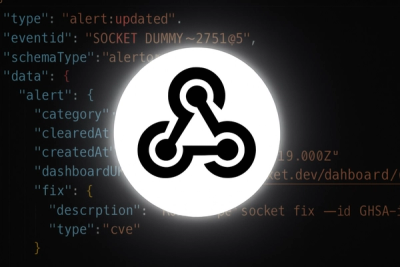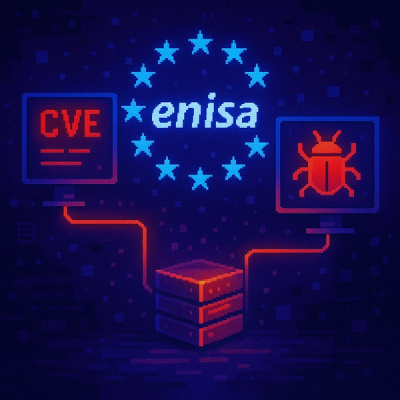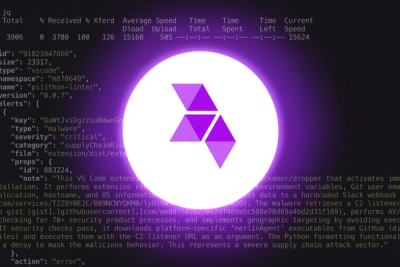
Product
Introducing Webhook Events for Alert Changes
Add real-time Socket webhook events to your workflows to automatically receive software supply chain alert changes in real time.
html2canvas
Advanced tools
Homepage | Downloads | Questions
The script allows you to take "screenshots" of webpages or parts of it, directly on the users browser. The screenshot is based on the DOM and as such may not be 100% accurate to the real representation as it does not make an actual screenshot, but builds the screenshot based on the information available on the page.
The script renders the current page as a canvas image, by reading the DOM and the different styles applied to the elements.
It does not require any rendering from the server, as the whole image is created on the client's browser. However, as it is heavily dependent on the browser, this library is not suitable to be used in nodejs. It doesn't magically circumvent any browser content policy restrictions either, so rendering cross-origin content will require a proxy to get the content to the same origin.
The script is still in a very experimental state, so I don't recommend using it in a production environment nor start building applications with it yet, as there will be still major changes made.
The library should work fine on the following browsers (with Promise polyfill):
As each CSS property needs to be manually built to be supported, there are a number of properties that are not yet supported.
The html2canvas library utilizes Promises and expects them to be available in the global context. If you wish to
support older browsers that do not natively support Promises, please include a polyfill such as
es6-promise before including html2canvas.
To render an element with html2canvas, simply call:
html2canvas(element[, options]);
The function returns a Promise containing the <canvas> element. Simply add a promise fulfillment handler to the promise using then:
html2canvas(document.body).then(function(canvas) {
document.body.appendChild(canvas);
});
You can download ready builds here.
Clone git repository:
$ git clone git://github.com/niklasvh/html2canvas.git
Install dependencies:
$ npm install
Build browser bundle
$ npm run build
For more information and examples, please visit the homepage or try the test console.
If you wish to contribute to the project, please send the pull requests to the develop branch. Before submitting any changes, try and test that the changes work with all the support browsers. If some CSS property isn't supported or is incomplete, please create appropriate tests for it as well before submitting any code changes.
dom-to-image is similar to html2canvas in that it can turn DOM nodes into images. It uses SVG to render the image, which can lead to different results compared to html2canvas's canvas-based approach. It might handle certain styling and elements differently.
puppeteer is a Node library which provides a high-level API to control Chrome or Chromium over the DevTools Protocol. It is capable of taking screenshots and generating PDFs of pages. Unlike html2canvas, puppeteer runs on the server-side and requires a headless browser, offering a different approach to rendering pages.
FAQs
Screenshots with JavaScript
The npm package html2canvas receives a total of 4,486,583 weekly downloads. As such, html2canvas popularity was classified as popular.
We found that html2canvas demonstrated a not healthy version release cadence and project activity because the last version was released a year ago. It has 1 open source maintainer collaborating on the project.
Did you know?

Socket for GitHub automatically highlights issues in each pull request and monitors the health of all your open source dependencies. Discover the contents of your packages and block harmful activity before you install or update your dependencies.

Product
Add real-time Socket webhook events to your workflows to automatically receive software supply chain alert changes in real time.

Security News
ENISA has become a CVE Program Root, giving the EU a central authority for coordinating vulnerability reporting, disclosure, and cross-border response.

Product
Socket now scans OpenVSX extensions, giving teams early detection of risky behaviors, hidden capabilities, and supply chain threats in developer tools.